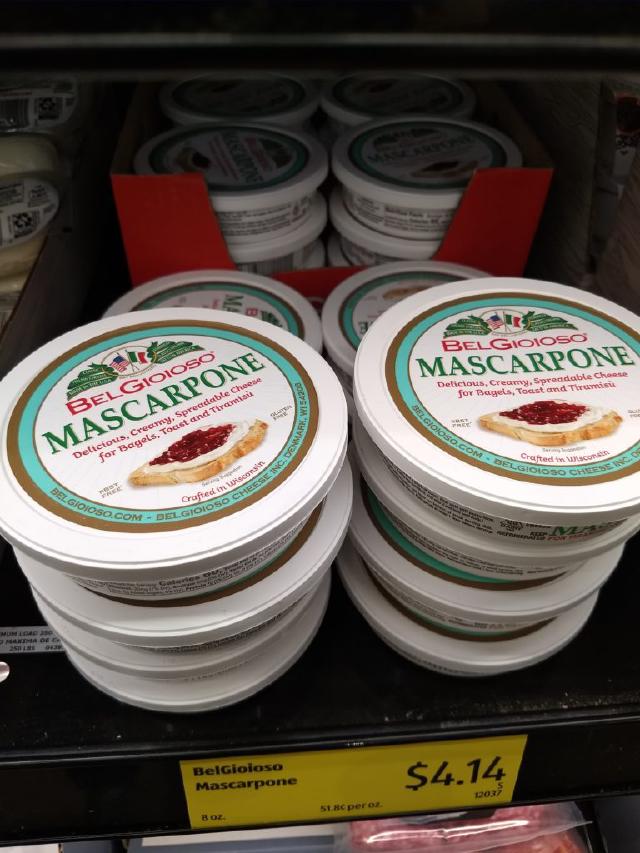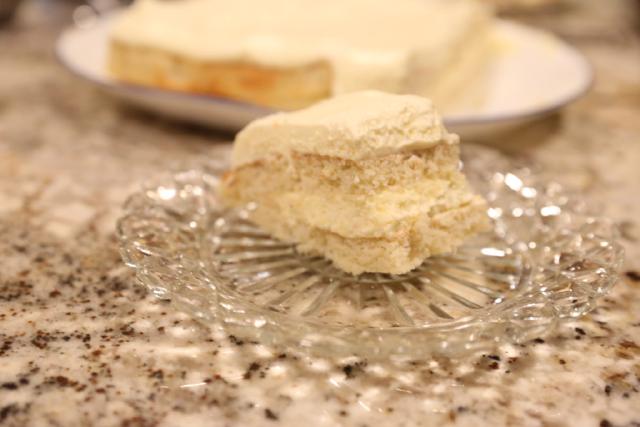
Sometimes the education I am providing my children feels like this recipe. What we do at home is actually very modified and not always comparable to what goes on in more mainstream educational institutions. At what point does the education need to be renamed?
There are homeschoolers who are critical of those that “school-at-home” and homeschoolers who are skeptical of “unschoolers.” As a group, homeschoolers are rather divided. It can feel hard to be confident in our personal modifications when those around us are doing very different things.
During the holidays, it is more common for people to try variations on classic recipes. I hope that pattern can extend to education. This project I’m doing with my child is “inspired by” a map of the United States. This essay my child is writing is “inspired by” a book he is reading. The course of study is “inspired by” AP Microeconomics.
Homeschooling needn’t look like, feel like or sound like the original recipe. Two-sevenths is still very delicious.
